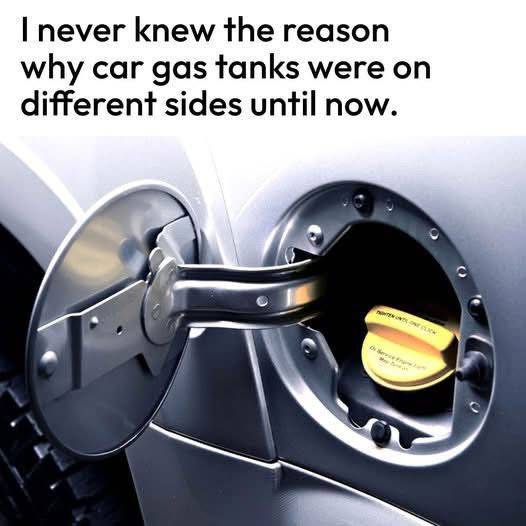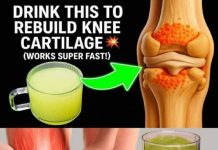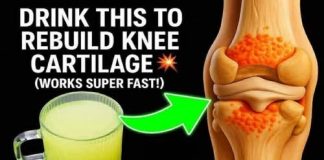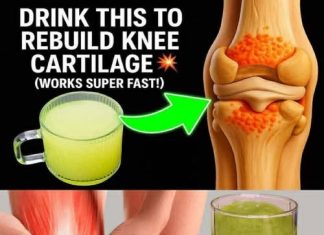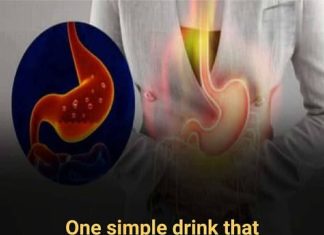The positioning of fuel doors on vehicles varies due to a combination of engineering constraints, safety considerations, regional driving habits, and efforts to optimize refueling efficiency. This diversity in fuel door placement is a deliberate design choice influenced by multiple factors.
Engineering Constraints
The primary determinant of a fuel door’s location is the vehicle’s structural design. Routing the fuel filler neck from the tank to the exterior involves navigating around various components such as the exhaust system, suspension parts, and safety features. Manufacturers often position the fuel door on the side that offers the most straightforward and safe routing, minimizing potential interference with other systems. This approach ensures both safety and cost-effectiveness in production.
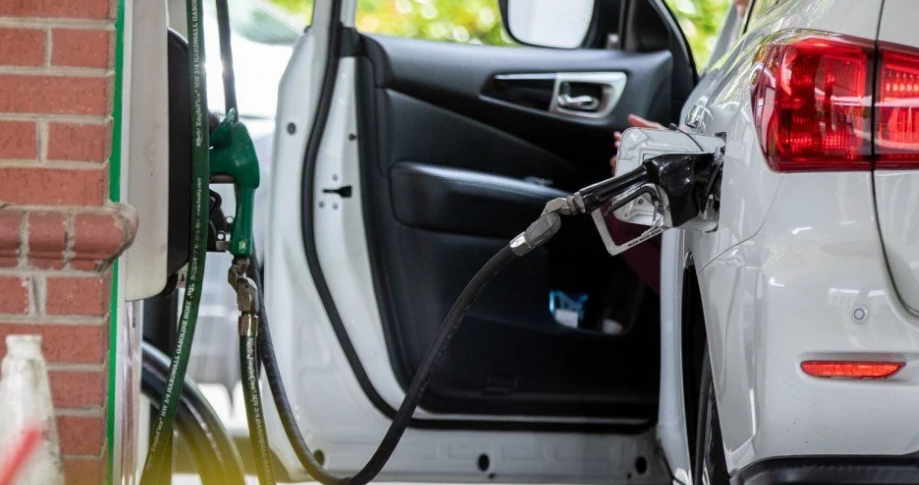
Safety Considerations
Safety plays a crucial role in determining fuel door placement. Some manufacturers opt to position the fuel door on the passenger side to reduce the risk to individuals refueling on the side of a busy road, keeping them away from oncoming traffic. This consideration is particularly relevant in countries where vehicles drive on the right side of the road. Additionally, placing the fuel filler on the side opposite the exhaust system reduces the risk of fuel-related fires, as it distances the fuel intake from heat sources.
Regional Driving Habits
Cultural and regional preferences also influence fuel door placement. In countries where drivers sit on the left side of the vehicle, such as the United States, there is a tendency to prefer fuel doors on the driver’s side for convenience. Conversely, in countries with right-hand driving, like the United Kingdom and Japan, fuel doors are often located on the left side, aligning with their driving norms. These preferences are shaped by the desire for ease of access and safety during refueling.
Optimizing Refueling Efficiency
The variation in fuel door placement contributes to more efficient use of gas stations. If all vehicles had fuel doors on the same side, it could lead to congestion and longer wait times at pumps. By having fuel doors on both sides, gas stations can serve more vehicles simultaneously, as drivers can approach pumps from either direction. This distribution helps balance the usage of fueling positions and reduces overall refueling time for customers.
Historical Context
Historically, some vehicles featured centrally located fuel fillers, often positioned behind the rear license plate. While this design allowed refueling from either side, it posed significant safety risks in rear-end collisions, leading to fuel spills and fires. Modern safety standards have since prohibited such placements, favoring side-mounted fuel doors that comply with stringent safety regulations.
Design Integration Challenges
Integrating the fuel door into a vehicle’s design involves careful consideration of aesthetics and functionality. Designers aim to seamlessly incorporate the fuel door without disrupting the vehicle’s visual appeal. This integration requires collaboration between engineering and design teams to ensure that the fuel door’s placement aligns with both the vehicle’s structural requirements and its stylistic elements.
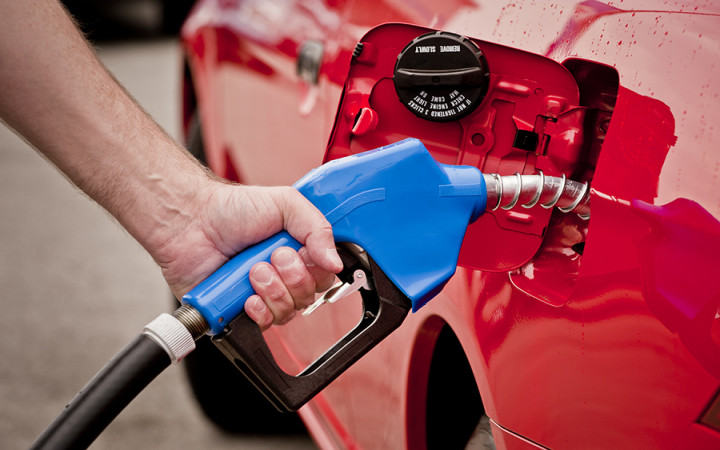
Driver Convenience Features
To assist drivers in locating their vehicle’s fuel door, many modern cars include indicators on the dashboard. A common feature is a small arrow adjacent to the fuel gauge icon, pointing to the side of the vehicle where the fuel door is located. This simple yet effective feature helps prevent confusion, especially when driving unfamiliar or rental vehicles.
Conclusion
The side on which a car’s fuel door is located is the result of a complex interplay of engineering decisions, safety protocols, regional preferences, and efforts to enhance refueling efficiency. While it might seem like a minor detail, the placement of the fuel door reflects thoughtful consideration of various factors to ensure safety, convenience, and optimal vehicle design.

